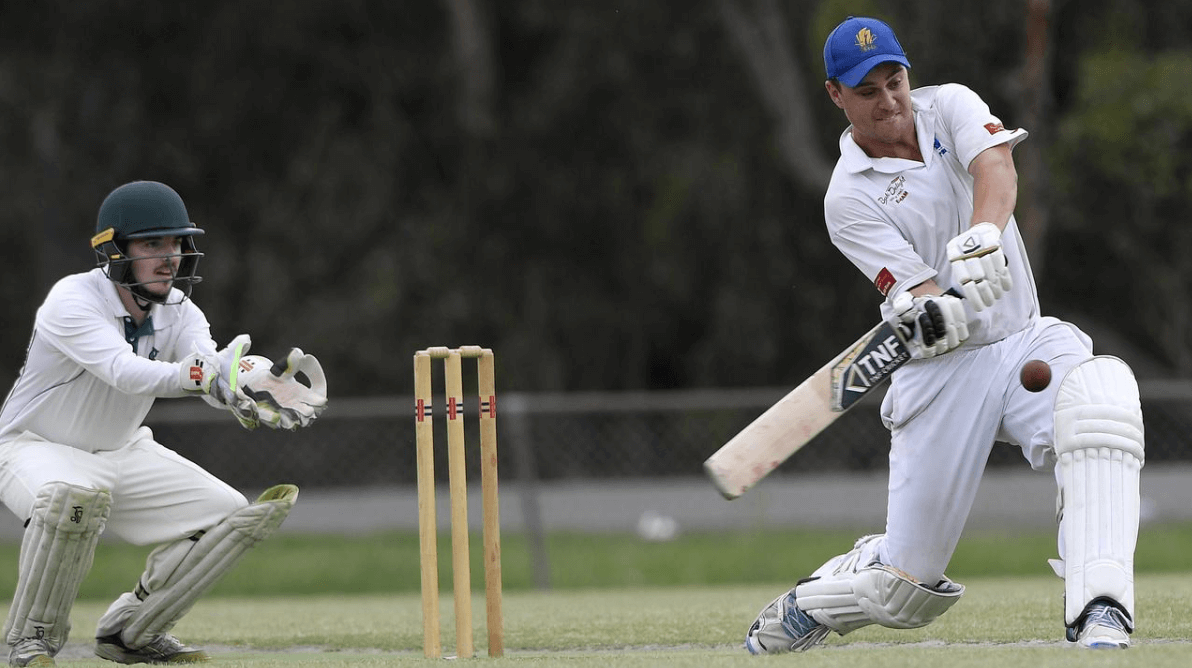

A bump ball in cricket can create a momentary confusion in the match. This is a type of delivery where the ball bounces in close proximity to the toe end of the bat and the pitch. The ball then flies to the fielder who catches the ball. This creates a confusion whether the ball hit the ground first or the bat first.
If the ball touches the ground and then the bat before the catch is taken, then the batter is given out. However, it is called a bump ball, if the ball hits the bat first and later the ground before the catch is taken. In this case, the batter is not out.
A bump ball is very difficult to identify for the spectators, umpires and the player’s themselves. In the olden days of cricket any ruling of the bump ball was purely based on the instincts of the on-field umpire.
Today, in most cases, the umpires settle the decision by referring to the third umpire. The third umpire reviews a zoomed video frame-by-frame to understand the first contact of the ball. The decision made by the third umpire is unchallenged.
Bump balls are more commonly seen in limited overs cricket compared to first class cricket. Al bump all is usually seen when a pacer delivers a full length or yorker length delivery. Bump ball in spinners is rare because the speed of the ball is not enough to make the ball lob after a bump ball.
Thus, any decision made on the bump ball by the third umpire can prove decisive in the match result.





